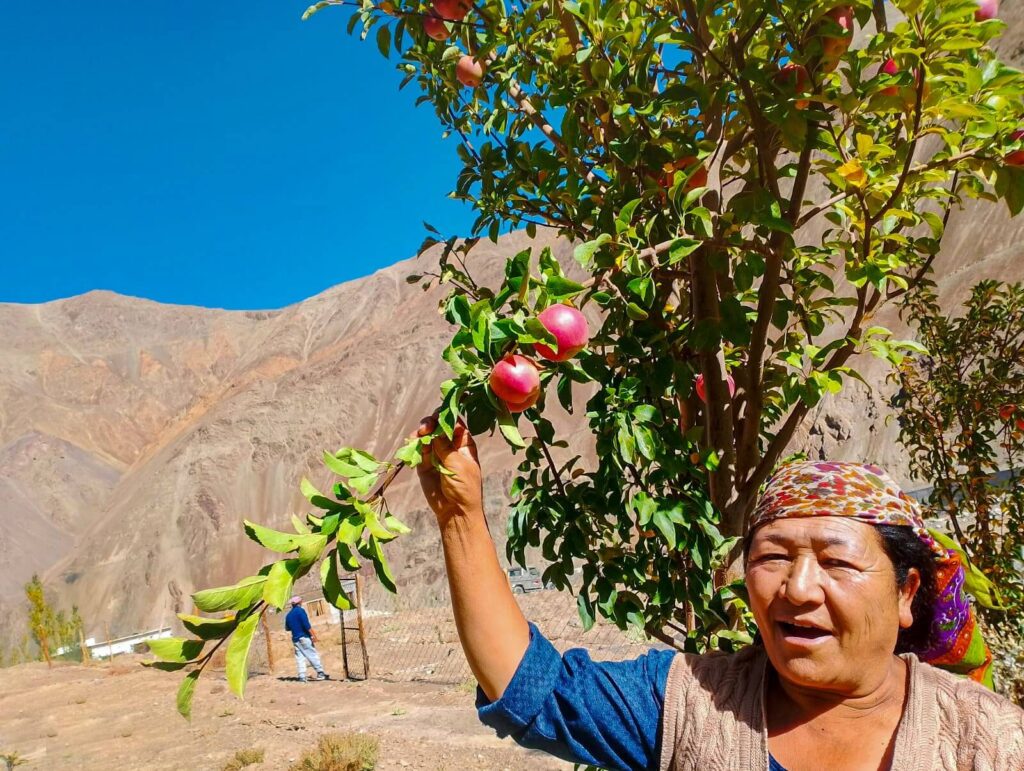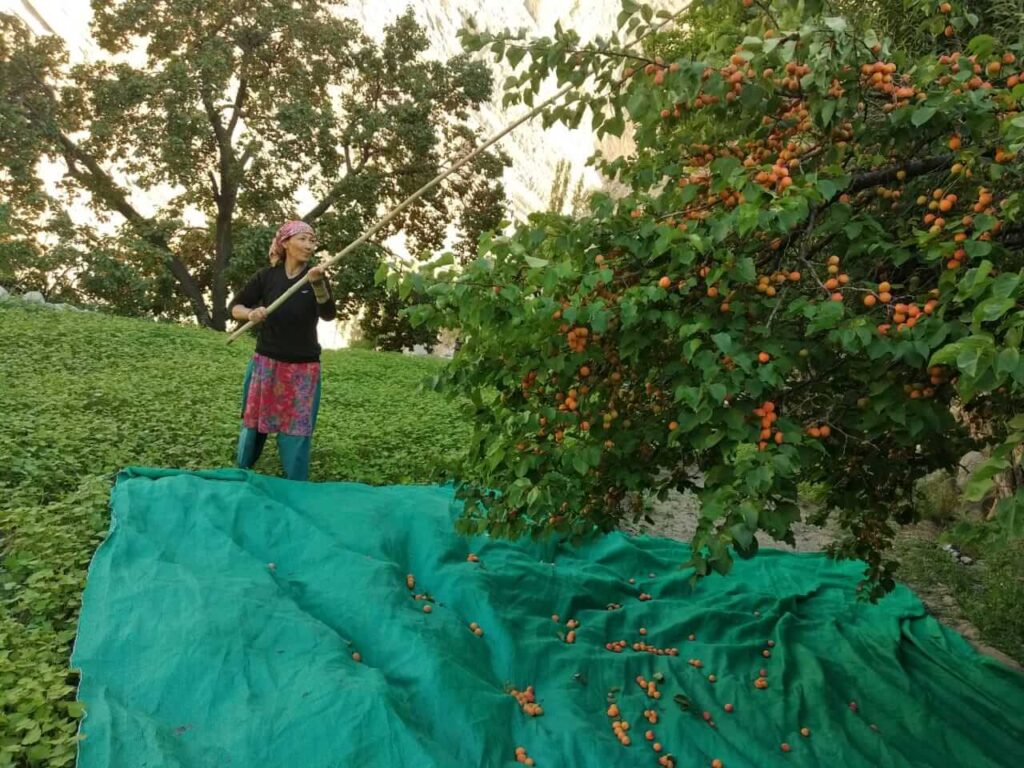Nature and Technology generally sound like two different things. However when they blend together, magic happens. Geo-tagging of trees is one of the best examples. It’s a small innovation that is making a significant impact on our planet.
Geotagging means using a unique digital identity for each tree using GPS coordinates. Each tree has a unique address so that one can easily locate it, monitor it and track its growth from anywhere in the world. It affects nature profoundly.
Full Scale Transparency of Tree Plantation
For a long time, donors have donated for tree plantations, without knowing if the trees were planted at all or not. Geotagging has changed that forever.
Now every tree gets a unique code and a GPS location. Donors can see photos of the tree, track its exact location on the map and also monitor how their trees are growing over time
So tree plantation becomes a personal connection rather than an act of distant charity. It brings back trust into tree plantations.
When one sees their trees growing in Ladakh, Kerala or Maharashtra, they don’t just plant but belong.
Supporting Farmers and Local Communities
In rural India, numerous NGOs and organizations such as SankalpTaru use geo-tagging to help the farmers earn a sustainable livelihood.
When the farmers grow fruit-bearing trees such as Mango, Guava and Apricot, each tree is geo-tagged. The farmer’s name, village name and tree type are recorded digitally.
This empowers the farmers apart from ensuring transparency. The trees become their assets and a sustainable source of income and pride.
It creates a bond between the farmer and the donor, two people who may never meet but are connected by a single tree.

Accountability and Care
Planting a sapling is just the beginning. The real challenge is to ensure its growth and keep it alive.
With geo-tagging, organizations can track the health and survival of a tree. Field teams provide regular updates and photos, ensuring that each tree gets the care it needs.
It’s not about planting thousands of trees but caring for every single one of them.
This level of accountability ensures that every rupee spent on tree plantation is relevant and meaningful. It is not about numbers – it is about the impact.
Global Green Community

Imagine this – you are sitting in Kerala and your friend is in California. Both of you decide to plant trees through an online platform.
Thanks to geotagging, both of you can track the tree, share photos and even show it your family years later.
It is a movement that makes people connected to nature, irrespective of where they are located.
It turns environmental action into a shared human experience.
Healing of Earth
Geo-tagging does not just track trees – it creates valuable data.
Organizations can analyse which species grow faster, where more trees are needed to be planted and which regions have the best survival rates. This helps one plan smarter and efficient tree plantation programs.
It is one of the best examples of how data can serve our planet rather than exploiting it.
With the help of geotagging, each tree becomes a story with data – growing, alive and meaningful.

SankalpTaru Foundation : The TrendSetter
SankalpTaru Foundation has always been the trendsetter in the green-tech revolution, in India. Every tree planted through its programs are geo-tagged and traceable.
One can login, see their tree, get to know the farmer working on the sapling and witness the positive change it brings to the community and environment.
This is not just technology but its transparency with heart.
Conclusion
Geo-tagging may be digital, but its impact is deeply human. It empowers people, ensures care, builds trust and connects people across the world.
In recent times, when the planet needs more greenery and healing, geo-tagging trees gives us a way to act – transparently, responsibly and together.
When we know the exact location of our trees, we also remember why they matter.

